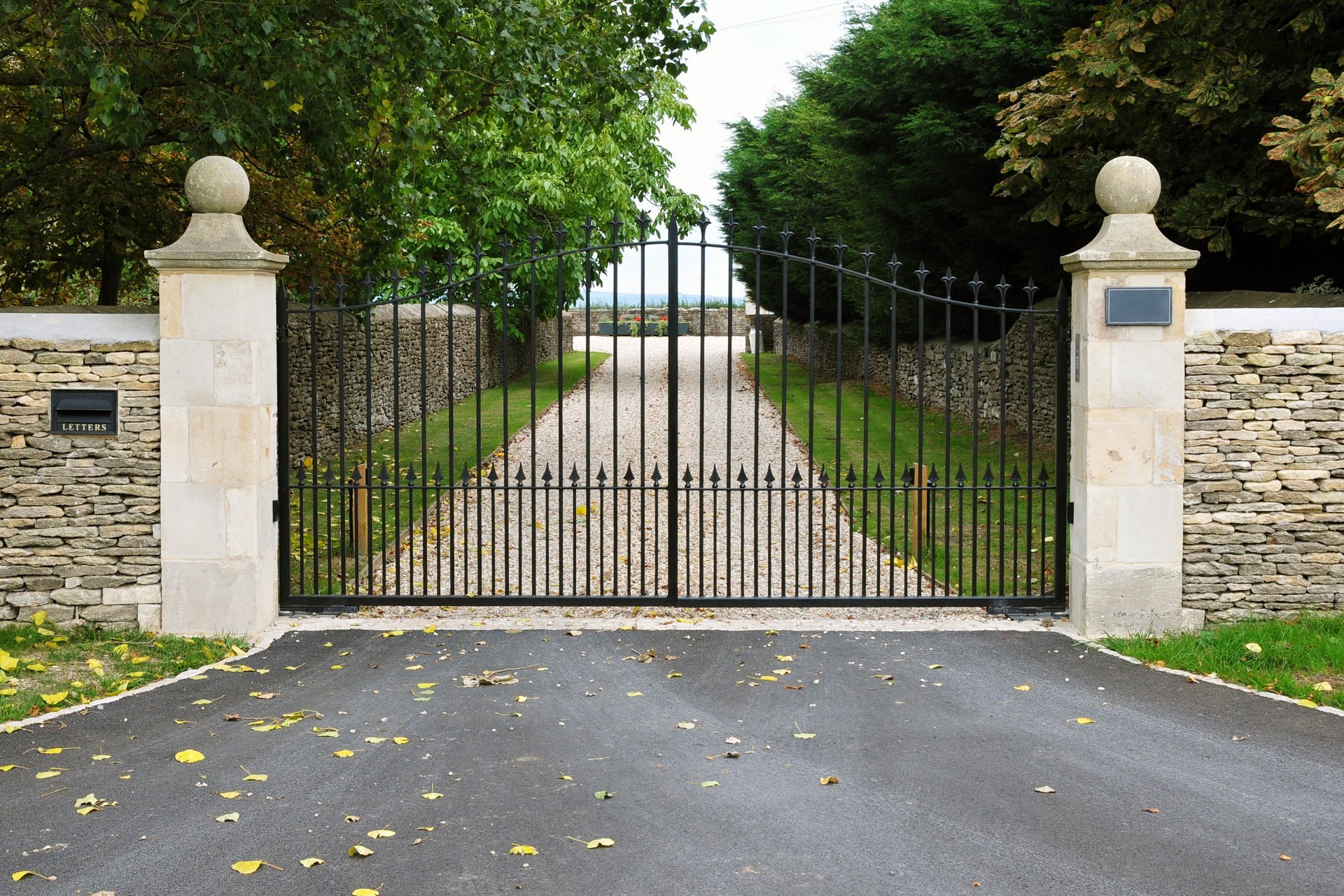How Can You Protect Your Automatic Wooden Gate?
Automatic gates are convenient and offer great security. However, depending on the type of material you use, there may be some maintenance you need to consider to keep the gate in great condition. Wood gates, in particular, require a lot of attention. If you have an automatic wooden gate, check out these tips to keep yours in good condition for as long as possible.
Keep the Gate Lubricated and Clean
Part of caring for your wooden gate is keeping the gate clean. Make sure there is no debris within any of the moving parts, and keep moving parts lubricated. It's recommended to add lubrication about once every six months. When cleaning and adding lubrication, check for signs of rust. As long as you catch rust early, it may be easily removed with a mild detergent, but rust may need to be sanded away. The wood also needs to be kept clean. Any type of gate can collect dust and debris, which can hide underlying damage, promote more damage, and make the gate look old and ugly. Algae and mildew are particularly drawn to many fence materials, including wood. Pressure washing can help, but you can also use a mixture of bleach and detergent.
Keep the Wood Protected
When properly maintained, wood is a strong, durable material. However, if you neglect to protect the wood, it can lead to many problems and the need for constant repairs or early replacement. Luckily, keeping the wood protected is relatively easy. After you make sure the fence is clean, apply paint or wood-stain about once every two to three years or as needed. Paint is a cheaper option, but you may have to deal with peeling paint and chips. Stains usually absorb better into the wood, so you don't see chipping as easily.
Check for Signs of Wood Rot
Wood rot includes wet rot and dry rot. Wet rot is actually caused by a fungus known as Coniophora puteana, and it occurs when lumber is left moist. Wet rot may have a musty smell, and you may actually be able to see some fungus. The gate may also look darker than normal, cracked, or soft. In extreme cases, you may have to replace your fence, but using fungicide (and protecting the gate from moisture) can help. Dry rot is also caused by fungus, but it can be more damaging than wet rot because it doesn't need moisture to spread. Instead, it actually creates moisture while it eats your gate. Dry rot is usually fluffy and white or grey. In some cases, it actually produces mushroom-like blooms. In most cases, if you have dry rot, you are going to need to replace the wood or gate.
Inspect for Pest Infestations
Most fencing materials are immune to pests, but many pests
actually eat or burrow into wood, such as termites. For this reason, if you
have a wooden gate, you need to inspect regularly for pest infestation.
If your fence has already been affected, you may see small
holes throughout the gate. You can stop the infestation with pesticide, but
depending on the amount of damage, you may want to replace or repair the fence.
You can help prevent pests by keeping anything that attracts
pests away from your gate. This includes shrubs, rotting wood, firewood, water,
etc. While this may not make your gate impervious to pests, it does prevent
pests from getting too close to your gate without you realizing it.
Installing a new gate isn't cheap, so don't blow your
investment by not caring for it. By maintaining your gate, you will help
prevent rot and infestations. For more information, or if you want a quote for
a new gate or gate repair, contact us
at
Northgates in Motion today.











